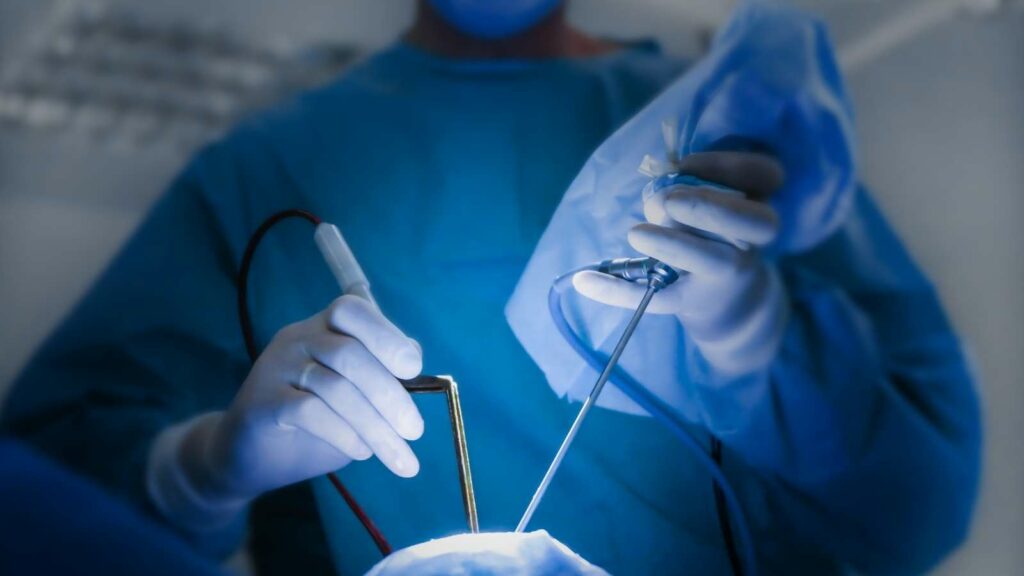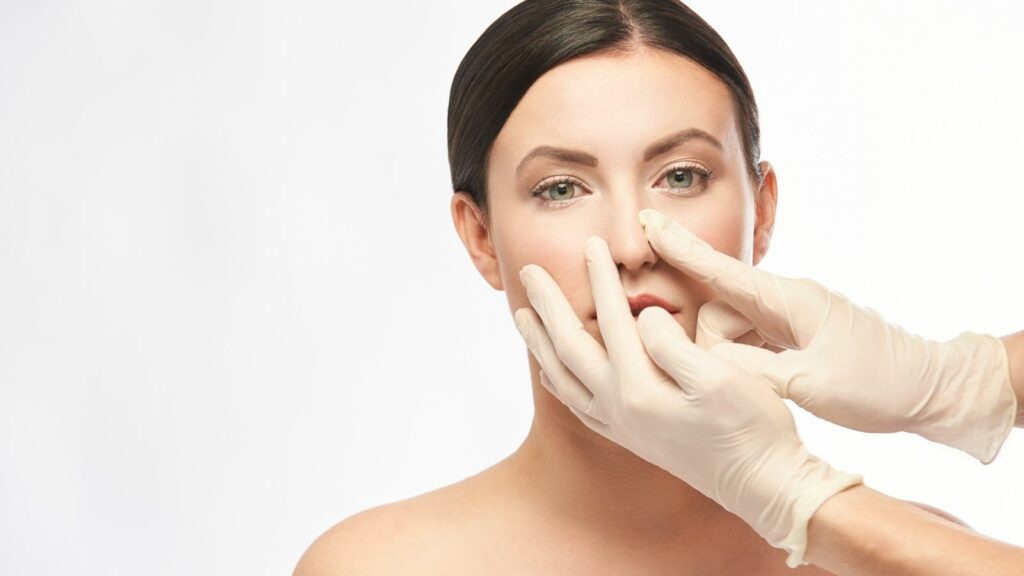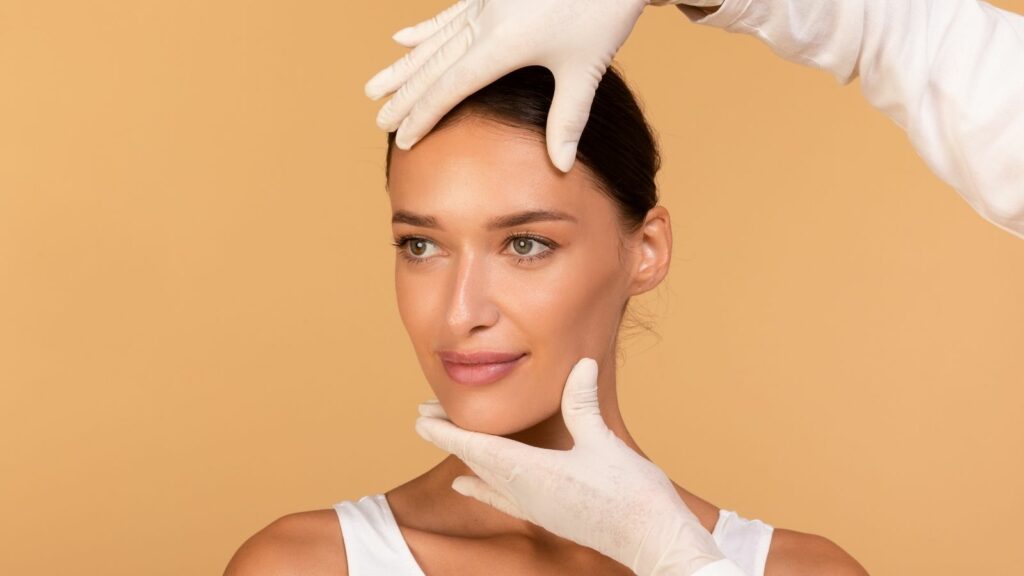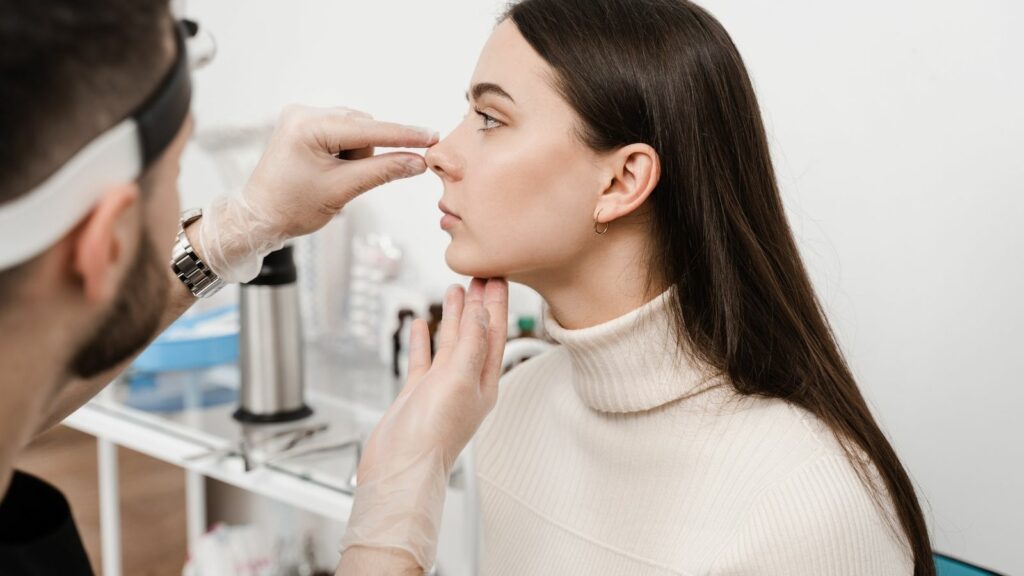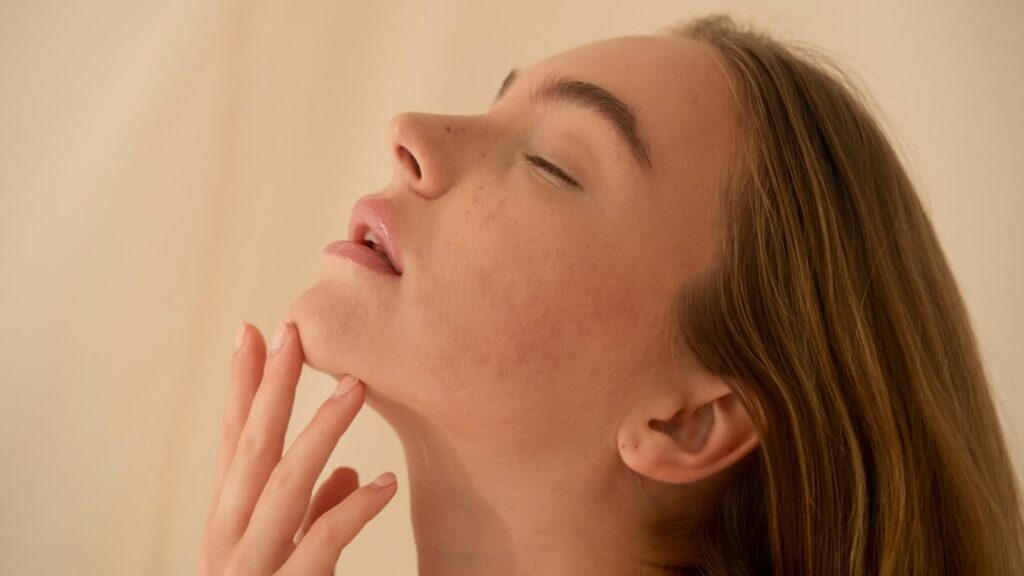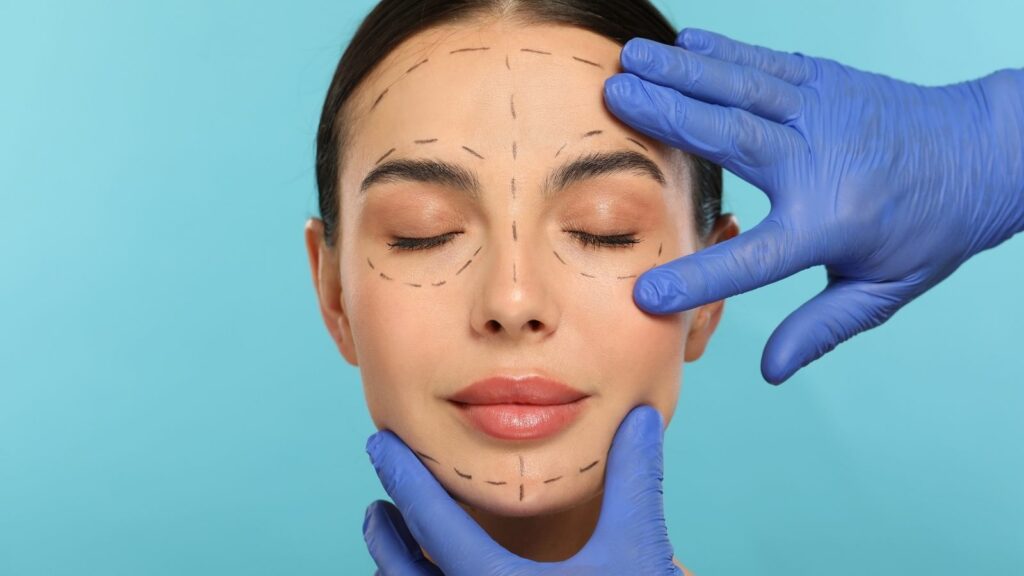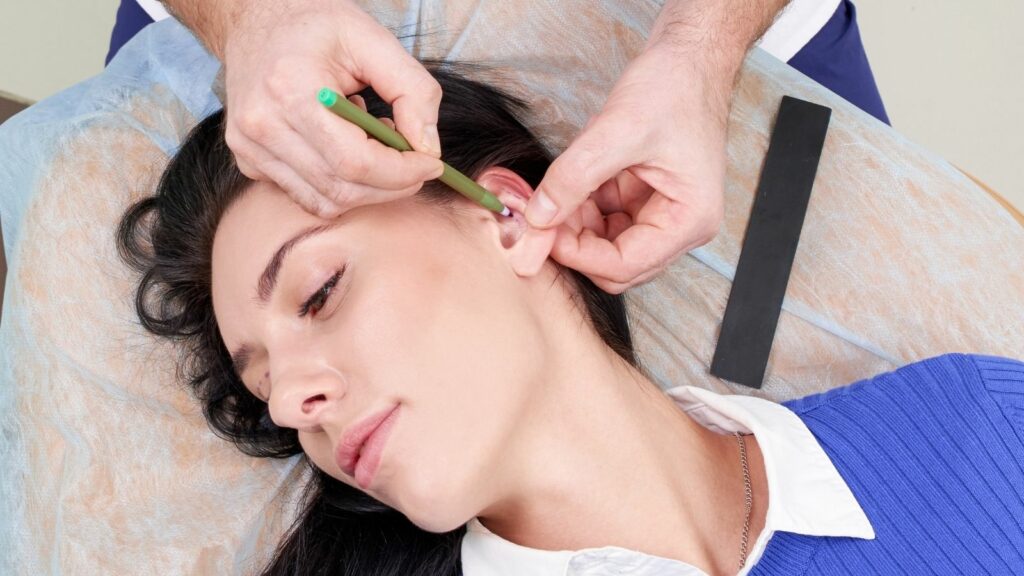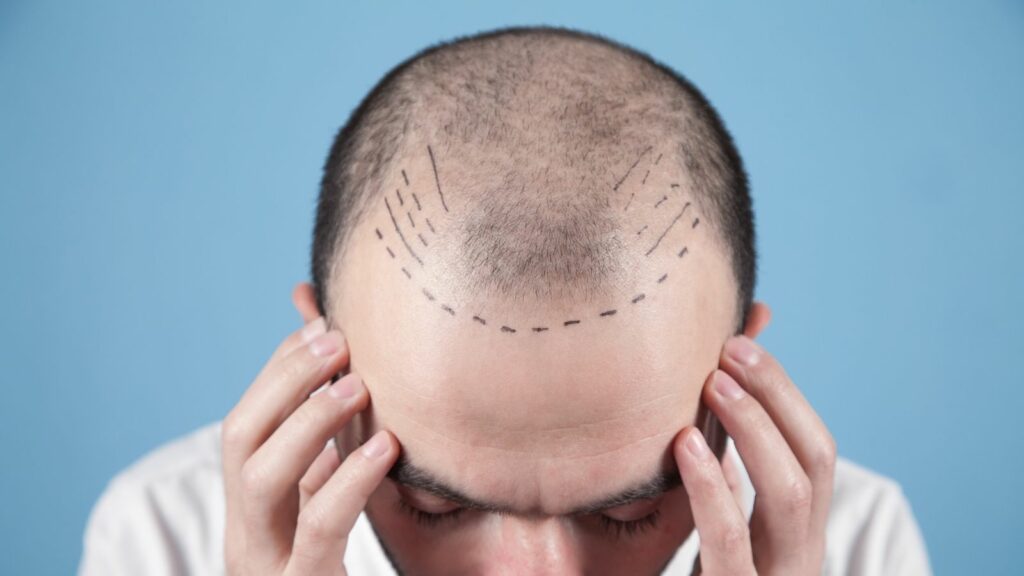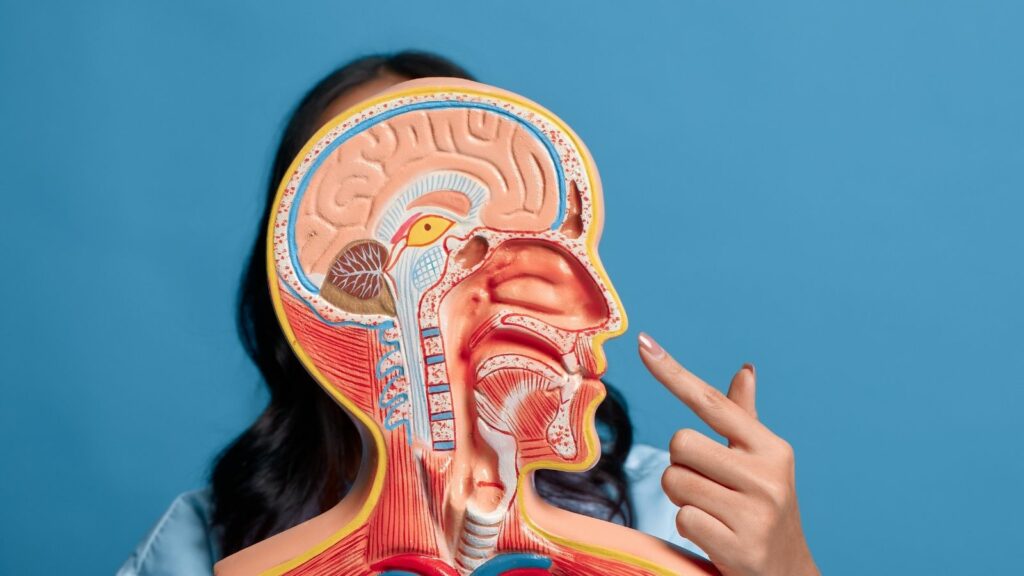Open rhinoplasty is a surgical technique in which an incision is made across the columella to fully expose the underlying nasal structures. This approach allows the surgeon to precisely reshape bone and cartilage, making it suitable for complex nasal corrections and detailed aesthetic refinements.
Open rhinoplasty recovery process typically involves more swelling than closed techniques due to greater tissue exposure. While initial improvements can be seen within a few weeks, complete healing and final results may take up to a year as swelling gradually subsides.
Open rhinoplasty benefits include enhanced surgical precision, improved visibility for complex corrections, and greater control over nasal symmetry. This method is especially advantageous in revision cases or when significant structural changes are required for both form and function.
Open rhinoplasty candidates are patients requiring major structural modifications, correction of severe deformities, or revision surgery. A detailed medical evaluation ensures the nasal anatomy and patient expectations align with the potential outcomes of the procedure.
What Is Natural Rhinoplasty and What Are the Goals of the Modern Approach?
Natural rhinoplasty is a philosophy that completely rejects the standard, one-size-fits-all, and obviously “operated-on” noses of the past. In this approach, the nose is not considered as an independent structure from other facial elements (forehead, eyes, cheekbones, chin), but as a balancing feature that complements them. The main goal is to design a nose unique to the person’s own facial features, one that does not disrupt but actually enhances their character and expression.
This approach places as much emphasis on functionality as it does on aesthetics. That means a nose that looks beautiful must also breathe very well—this is essential. Problems that hinder breathing, such as septal deviation (cartilage curvature), are also addressed together with aesthetic refinements. For this reason, modern rhinoplasty is not just a beauty operation but a wellness intervention that directly increases a person’s quality of life and self-confidence.
The main goals of modern natural rhinoplasty are:
- Achieving perfect harmony with the overall face
- Ensuring healthy and comfortable breathing
- Strictly avoiding an artificial or “operated-on” look
- Creating a design unique to each individual’s anatomy
- Preserving the person’s natural beauty and unique expression
How Does Natural Rhinoplasty Achieve Facial Balance and Harmony?
The face is like an orchestra, and the nose is the conductor at its center. If the conductor is too dominant or out of tune, the harmony of the music is lost. Natural rhinoplasty adjusts the size, angles, and transitions of the nose to create perfect harmony with the other “instruments” of the face.
During planning, the surgeon analyzes the face like a work of art. Universal principles such as dividing the face vertically into three and horizontally into five equal parts are used. The aim is not to blindly follow these rules, but to adapt them to the individual’s own face for the most balanced and aesthetic result.
Some key points of focus in planning include:
Nasofrontal Angle: The transition between the forehead and nasal dorsum should be neither too sharp nor too flat.
Nasolabial Angle: The angle between the nasal tip and the upper lip should have a natural rotation suited to gender and facial structure.
Nose-Chin Relationship: In profile, the balance between the nose and chin. Sometimes a small chin can make even a normal nose appear large.
Nasal Width: The width of the nasal alae should align with the inner corners of the eyes.
What Are the Differences Between Structural and Preservation Techniques in Natural Rhinoplasty?
Two main philosophies stand out in modern surgery to achieve a natural and lasting result. These can be likened to the restoration of a building. The structural approach is like rebuilding a building by strengthening its foundation and columns, while the preservation approach is like rearranging the interior without touching the original load-bearing walls.
Structural Rhinoplasty: In this technique, the nasal framework is reshaped and strengthened with small support pieces (grafts) prepared from the patient’s own cartilage, usually harvested from the nasal septum. It is ideal especially for patients with weak cartilage structure, thick skin, or those who have had previous unsuccessful surgery, to prevent collapse or deformation of the nose over time. The goal is to build a structure that is elegant on the outside but strong on the inside.
Preservation Rhinoplasty: The aim of this philosophy is to preserve the nose’s existing strong structures as much as possible. Especially when correcting the nasal dorsum, instead of breaking the bone from above as in the classical method, an intervention is made from below, lowering the nasal pyramid as a whole. This helps maintain that smooth and natural dorsal contour.
The main advantages of preservation rhinoplasty include:
- A more natural-looking nasal dorsum
- Significantly less swelling and bruising
- A faster recovery period
- Better preservation of breathing pathways
Today, many surgeons use hybrid approaches that combine the best features of both techniques. Preservation may be preferred for the dorsum, while structural techniques are used for the tip, offering the best individualized solution for each patient.
What Modern Technologies and Techniques Are Used in Natural Rhinoplasty?
Modern technologies allow surgeons to work with greater precision and patients to experience a more comfortable recovery. Two main areas stand out: surgical approach and the instruments used.
Open and Closed Approach: This refers to how the surgeon accesses the nasal framework. In the closed technique, all incisions are made inside the nostrils, leaving no external scars, and it is generally suitable for simpler corrections. In the open technique, a small incision is made on the skin between the nostrils, providing complete visual control and considered the “gold standard” for detailed tip work or revision surgeries. The choice of technique depends entirely on the patient’s anatomy and needs.
Ultrasonic (Piezo) Rhinoplasty: This is a revolution in shaping nasal bones. Instead of the hammer and chisel used in classical methods, a device powered by sound waves is used. This device targets only the bone tissue and does not damage surrounding soft tissues such as blood vessels, nerves, or mucosa.
Benefits of piezo technology for the patient include:
- Significantly less postoperative bruising and swelling
- Faster and more comfortable recovery
- Millimetric and controlled bone cuts
- Smoother and more predictable bone healing
- Earlier return to social life
How Are Wide or Misshapen Nasal Tips Corrected in Natural Rhinoplasty?
The nasal tip is the most important and complex region, where the artistic signature of a rhinoplasty is placed. In correcting wide, “boxy,” or “bulbous” nasal tips, the modern approach completely avoids aggressive cartilage removal, as was common in the past. Such methods can weaken nasal support and lead to an artificial, “pinched” look or collapse over time.
Instead, the nasal tip is reshaped with the meticulousness of a sculptor.
The main modern methods used include:
Special Suture Techniques: Cartilages are adjusted in shape and position with special sutures, much like a tailor. These sutures bring cartilages closer together or fold them on themselves for a finer and more defined tip.
Preservation Cartilage Shaping: Instead of removing large segments of cartilage, only millimetric reductions are made in areas with excessive volume.
Supportive Cartilage Grafts: Especially for patients with weak cartilage or thick skin, very small pieces of cartilage are used to provide support and make the new shape permanent.
How Do I Know If I Am a Good Candidate for Natural Rhinoplasty?
The success of this surgery depends not only on the surgeon’s skill but also on being the right candidate and having realistic expectations. This is a team effort.
The main characteristics sought in an ideal candidate are:
Physical Maturity: Bone and facial development should be complete (typically age 16-17 for girls, 17-18 for boys).
Good General Health: There should be no serious chronic illness that would prevent surgery.
Realistic Expectations: The goal is not “perfection” or having someone else’s nose, but achieving the best possible version for your own face.
Stable Psychology: This decision should be made for personal satisfaction and increased self-confidence, not due to others’ wishes or a fleeting impulse.
Additionally, skin thickness is a factor that directly affects the outcome. Thin skin reveals even the smallest underlying detail and requires perfect surgery. Thick skin tends to mask the underlying shape and takes longer to settle. Therefore, the surgical plan must always be tailored to your skin type.
What Is the Healing Process Like After Natural Rhinoplasty and What Should I Pay Attention To?
The postoperative process is at least as important as the surgery itself for success and requires patience. It is crucial to know in advance that it may take about a year to see the final result.
When the cast or splint on your nose is removed after a week, what you see will not be the final result. The nose will still be quite swollen, and this is completely normal. The swelling gradually decreases over time. Most of the major swelling subsides within the first month, allowing you to return to social life. However, the persistent edema at the tip and the full settling of the skin on the new framework can take 6 months to a year, sometimes longer.
Some important points to support healing during this period:
- Sleep with your head elevated in the first weeks
- Strictly follow your doctor’s instructions
- Avoid trauma to your nose for at least 6-8 weeks
- Avoid wearing glasses for a while
- Refrain from strenuous sports and exercise until your doctor gives permission
- Avoid smoking and alcohol
What Should Be Considered When Choosing a Surgeon for Natural Rhinoplasty?
Choosing a surgeon is the most critical step in this journey. Achieving a successful natural nose result requires both technical mastery and artistic vision. Therefore, the surgeon must not only be familiar with aesthetic principles but also with the complex anatomy of the nose and its breathing function.
At this point, the experience of a surgeon specialized in both Ear Nose Throat (ENT) and Facial Plastic Surgery stands out.
The main advantages provided by this dual specialization include:
- Ability to evaluate the internal and external structure of the nose as a whole
- Ability to preserve and improve breathing function while making aesthetic changes
- Deep artistic perspective on facial proportions and harmony
- Ability to achieve both health and beauty goals simultaneously
- Potential for permanent and trouble-free results in the long term
Remember, a good surgeon does not just perform a good operation; they also listen to you, understand you, manage your expectations properly, and guide you through this process.

